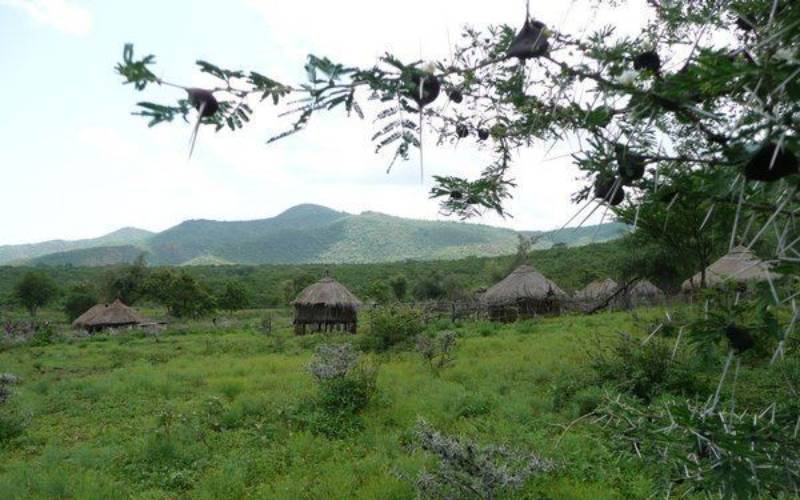
Every day is a new dawn – an opportunity to learn something new and see a place in a different way. Travel can combine relaxation with exploration, as I did when I took an adventurous breather to the land of star athletes and spectacular endless hills – the Tugen Hills.
Before setting off, I did some background check and found out that there is an earnest attempt to make this a tourist destination, especially within Baringo and Koibatek. The area is home to Lembus Forest and National Reserve. The forest sits in the middle of the Rift Valley and is an extension of the Great Mau ridges.